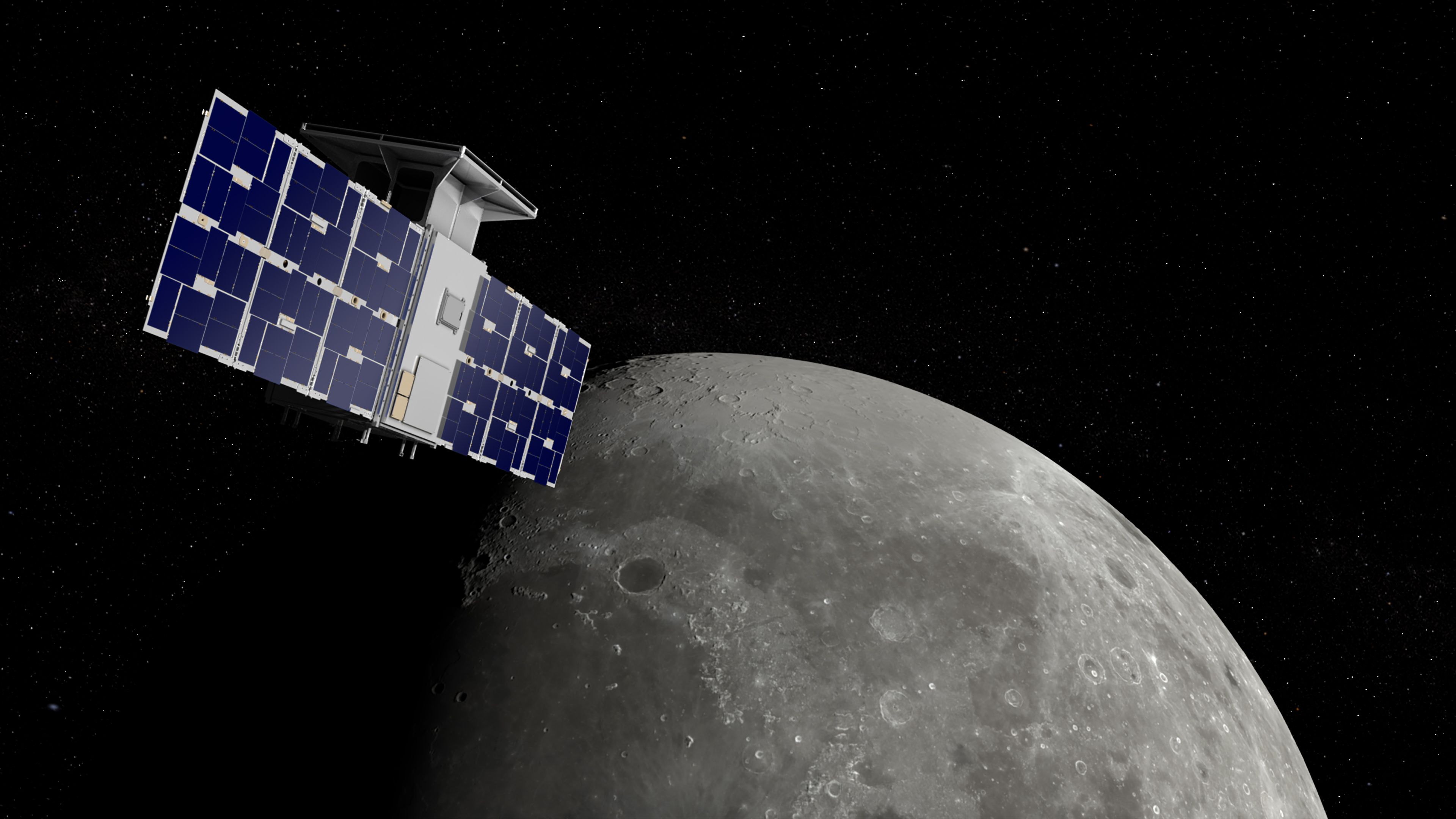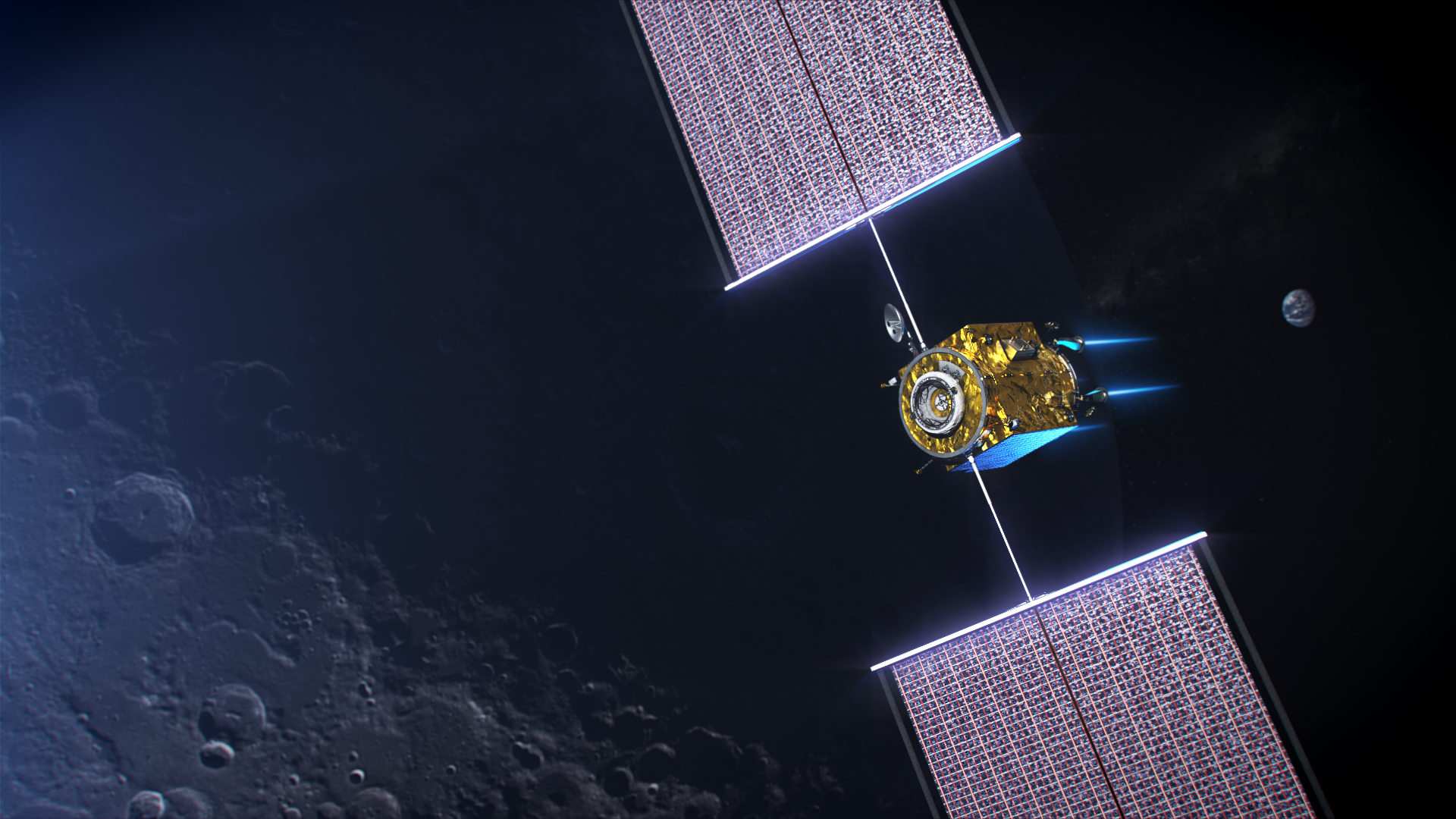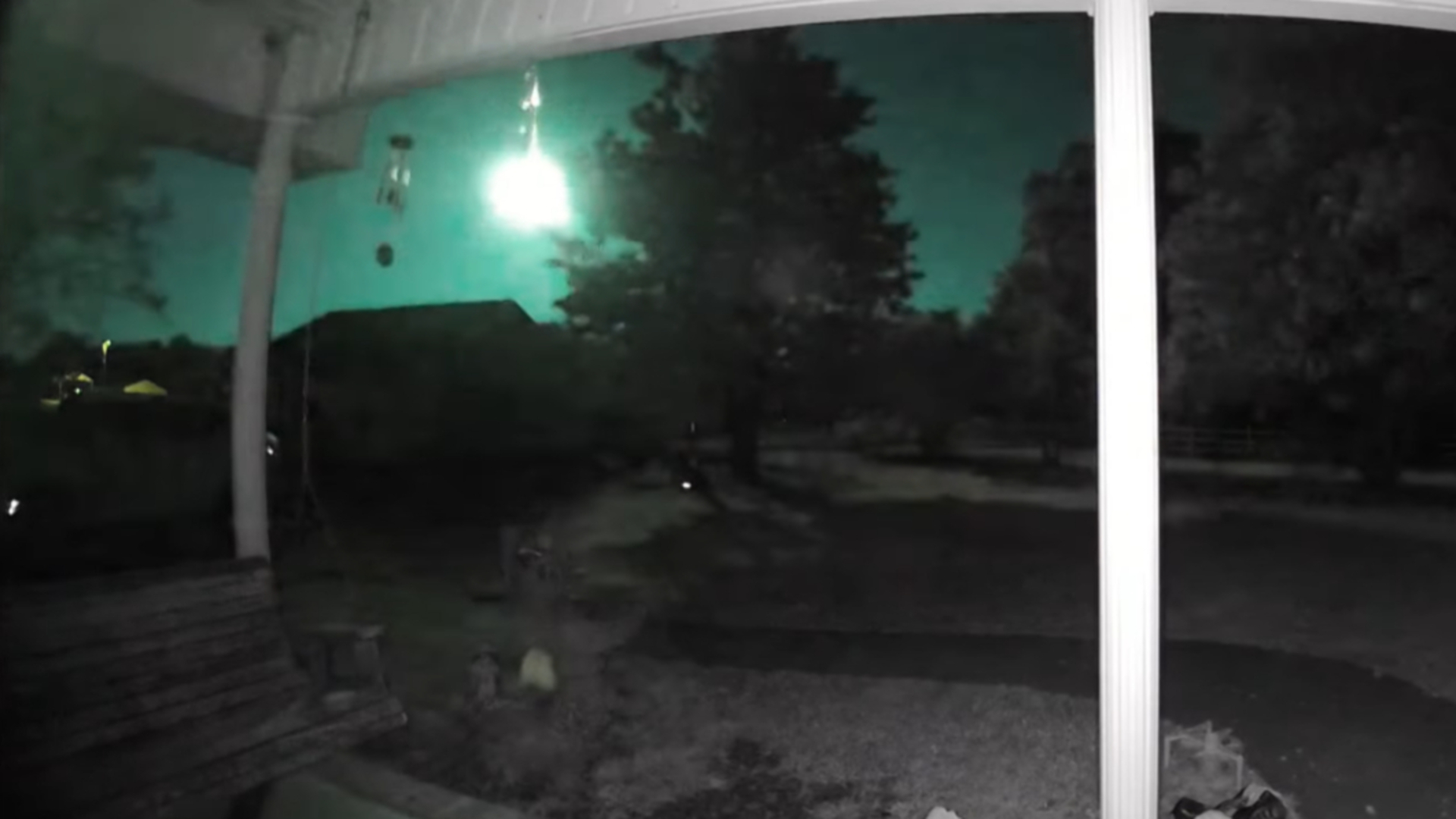The NASA-funded launch of CAPSTONE, a tiny cubesat for the moon, delayed to June 6

A little spacecraft will have to wait a bit longer for its big lunar launch.
The CAPSTONE mission, short for "Cislunar Autonomous Positioning System Technology Operations and Navigation Experiment," will now launch no earlier than June 6, NASA announced late last week.
"We will continually evaluate the date for the first target launch attempt within the launch period, which extends to June 22," agency officials wrote May 20, without providing specifics on why the launch was delayed.
Related: Rocket Lab and its Electron booster (photos)
This is the second recent delay for the mission, which was most recently targeted for May 31. The microwave-oven-sized spacecraft is scheduled to launch from New Zealand aboard a Rocket Lab Electron rocket with a Lunar Photon upper stage.
Once it gets to space, CAPSTONE will settle into a near rectilinear halo orbit (NRHO) around the moon, the same orbit that will be used by NASA's forthcoming Gateway space station. The orbit is untested, so the cubesat will aim to verify its stability.

CAPSTONE plans to swing to within 1,000 miles (1,600 kilometers) of the lunar south pole at its closest approach. With Gateway, that should provide access for astronauts to land on the surface and explore potential zones of water ice within permanently shadowed craters, NASA officials have said.
Breaking space news, the latest updates on rocket launches, skywatching events and more!
At its most distant point from the moon, CAPSTONE will soar 43 times higher, to an altitude of 43,500 miles (70,000 km). But the orbit needs to be verified, as the moon has mascons (mass concentrations) that may perturb its stability.
Aside from testing the orbit, CAPSTONE will also assess spacecraft-to-spacecraft navigation and communications systems with NASA's Lunar Reconnaissance Orbiter, which has been circling the moon since 2009. CAPSTONE was originally supposed to launch in 2021, but COVID-related issues pushed back the opportunity.
Follow Elizabeth Howell on Twitter @howellspace. Follow us on Twitter @Spacedotcom and on Facebook.
Join our Space Forums to keep talking space on the latest missions, night sky and more! And if you have a news tip, correction or comment, let us know at: community@space.com.

Elizabeth Howell (she/her), Ph.D., was a staff writer in the spaceflight channel between 2022 and 2024 specializing in Canadian space news. She was contributing writer for Space.com for 10 years from 2012 to 2024. Elizabeth's reporting includes multiple exclusives with the White House, leading world coverage about a lost-and-found space tomato on the International Space Station, witnessing five human spaceflight launches on two continents, flying parabolic, working inside a spacesuit, and participating in a simulated Mars mission. Her latest book, "Why Am I Taller?" (ECW Press, 2022) is co-written with astronaut Dave Williams.
